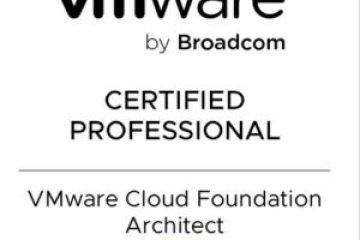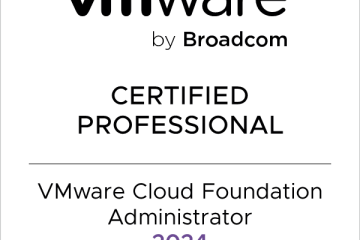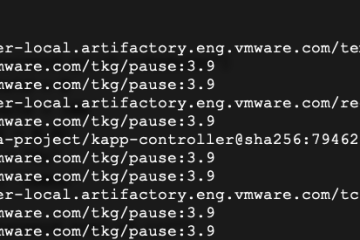Install NSX-T Baremetal Edge with in-band management
Since NSX-T 3.2 was released VMware made it possible to utilize in-band management on Baremetal Edges with Mellanox cards.
This was something that before was not supported and could not work. referencing 3.1
Note:If the server uses Mellanox NIC cards, do not configure the Edge in In-band management interface.
Background
Content
But since 3.2 was release this is now possible.
Looking at the NSX-T 3.2 Reference Architecture guide for BM Edges the logical design looks as the blow figure.
For example you could have a Baremetal Edge node with 2x10Gbit pNICs that runs both Overlay and Uplink traffic along with Management to the node against one of the NICs, “picture on the right”

Automatically install Baremetal Edge node:
First thing is to head over to VMware Customer Connect and download NSX-T 3.2 Baremetal Edge ISO.
Then utilizing iDRAC/ILO depending on the Vendor you boot up the server with the ISO.
Select Automated installation
When the machine have started the setup process and you get to the network configuration screen, select to skip network configuration, as this is better performed after the machine is installed.

The installation will take a while, but after it is completed and rebooted login as admin (password: default) and set a new password. After password has been set the server will reboot once more.
After the reboot it is time to configure the machine:
Here we will set a new root password, the machines hostname, start ssh service, set DNS and NTP servers and also clear the password expiration for all accounts.
Console into BM Edge and set root password (default: vmware)
set user root password
set hostname bm-edge.test.local
start service ssh
set service ssh start-on-boot
clear user admin password-expiration
clear user root password-expiration
clear user audit password-expiration
set name-servers dns1.test.local
set name-servers dns2.test.local
set ntp-server ntp1.test.local
Now we are ready to configure In-band Management: Here we first need to figure out the MAC address on the physical NIC where we want to have the Management placed, usually this is on the eth0 interface, by going into the iDRAC/iLO we can check what the MAC is.
We also need to have. the VLAN on to where the Management network is running
set interface mac 04:8c:88:00:17:da vlan 100 in-band plane mgmt
We then set the IP on the eth0.100 interface that has been created and mark is as a mgmt plane:
set interface eth0.100 ip 192.168.10.10/24 gateway 192.168.10.1 plane mgmt
Join the BM Edge to NSX-T Management Plane
We can now join the server to the NSX-T Management plane.
Prerequisites:
NSX-T Manager IP/FQDN
The API Certificate Thumbprint
get certificate api thumbprint
The Cluster ID
get cluster status
join management-plane nsx-t-mgr.test.local thumbprint 7a6c2b8bf2479b6c17dd9eaf3e4ece89cac4096c2b8bf2479b6c1982386ac8c79e1 username admin password “password”
NSX-T UI BM Edge Configuration
We can now head over to the NSX-T UI and setup the BM Edge as a Transport Node and adding it to an Edge Cluster, Transport Zone, Uplink Profile and lastly create a T0 router.

But that is a subject to a different post.



0 Comments